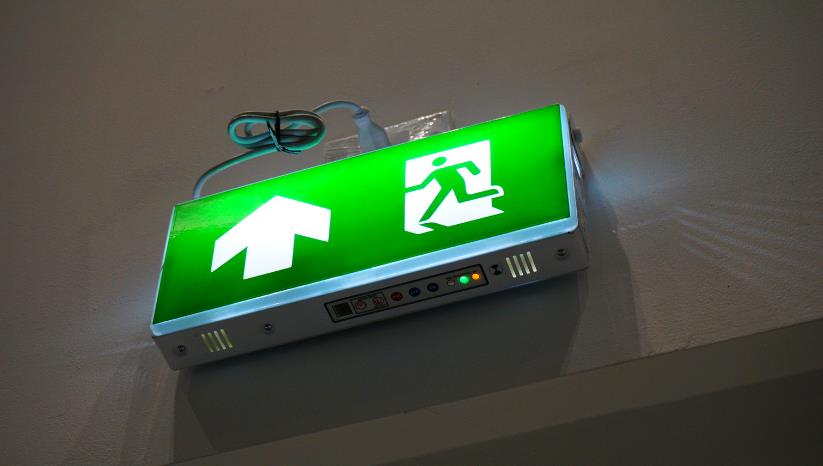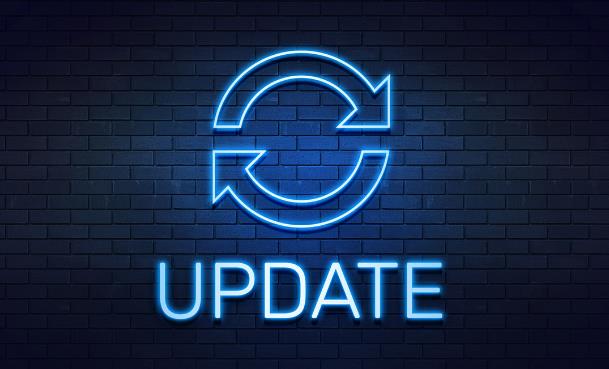Table of Contents
Many dismiss the importance of a workplace evacuation plan until disaster finally strikes, and, unfortunately, many people have already been injured by that time or worse.
The proper risk assessment is mandatory for every workplace. Preemptive thinking works better than coming up with a plan after every incident, like calamities or terrorist attacks. That means creating an evacuation program for all types of emergencies way before they happen to create a safe working environment.
Keep reading this guide for tips on solidifying your evacuation plan for your employees and visitors.
Helpful Tips for a Better Emergency Evacuation in the Office
Assigning an Emergency Response Coordinator
Appointing a coordinator is necessary when preparing an evacuation plan for the workplace. After assigning such a role to an employee, ensure that you provide the essential knowledge and skills required for various types of emergencies so they can make sure that all safety steps are taken when they happen.
 It’s also helpful to have a backup coordinator to keep the trained individual alert and have some assistance during emergencies.
It’s also helpful to have a backup coordinator to keep the trained individual alert and have some assistance during emergencies.
Putting Up Better Emergency Signs
Always assume that your employees don’t know their way around the office, just like your visitors and clients. Put up clear signages to help guide all of them where they need to go in an emergency. Ensure that these signs are all visible and damage-free. opt for ones that emit light, like thermoplastic LED and edge-lit exit signs that protrude or pop from the wall.
You can also put-up signs for evacuation essentials to direct coordinators on where to access vital tools to help employees and visitors further.
Posting Informative Evacuation Maps
Consult with fire professionals and building managers to find a fast route to take your employees and visitors out of the facility immediately. Once you devise a plan, create a detailed map of every available exit. You should also point out tools and safety kits on this map.
 Print out clear copies and post them in well-lit areas for everyone to see. They have to be visible, especially to the coordinators in the office, to help lead everyone out.
Print out clear copies and post them in well-lit areas for everyone to see. They have to be visible, especially to the coordinators in the office, to help lead everyone out.
List of Employees and Visitors
Knowing if everyone made it out safely will be challenging if you don’t know who’s inside your building before the evacuation. Always keep your employee record updated and ensure your coordinator has a copy so they can immediately make a headcount after a disaster.
The challenge lies in making a list of your visitors. The best way to do this is to require your security personnel to collect visitor information in a logbook that’s easily accessible in case of emergencies.
Update Your Equipment
Modernizing your emergency equipment can help elevate your evacuation response when needed. One of these modern tools is an emergency evacuation chair. These chairs help transport seniors, physically disabled people, and pregnant or injured individuals out of the building during an emergency. They work on stairs, so it’s perfect for evacuating people from high-rise buildings.
 In addition, you must also ensure that your pre-existing tools are well-maintained. That means making sure that flashlights have fresh and spare batteries and fire extinguishers haven’t reached their expiration dates.
In addition, you must also ensure that your pre-existing tools are well-maintained. That means making sure that flashlights have fresh and spare batteries and fire extinguishers haven’t reached their expiration dates.
Plan a Safer Evacuation Ahead
Create a solid plan for all types of emergencies to ensure that every employee and visitor makes it out unharmed or, at the very least, alive and safe. Don’t wait for disaster to come. Take one step ahead and prepare today.

